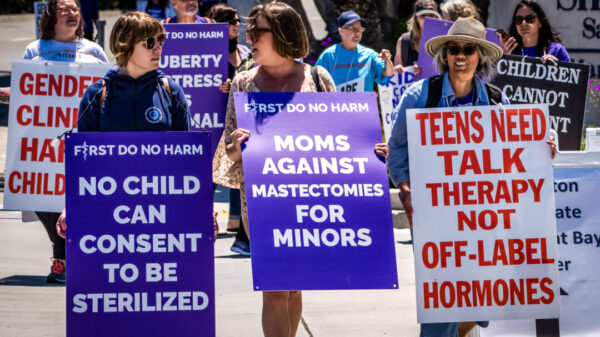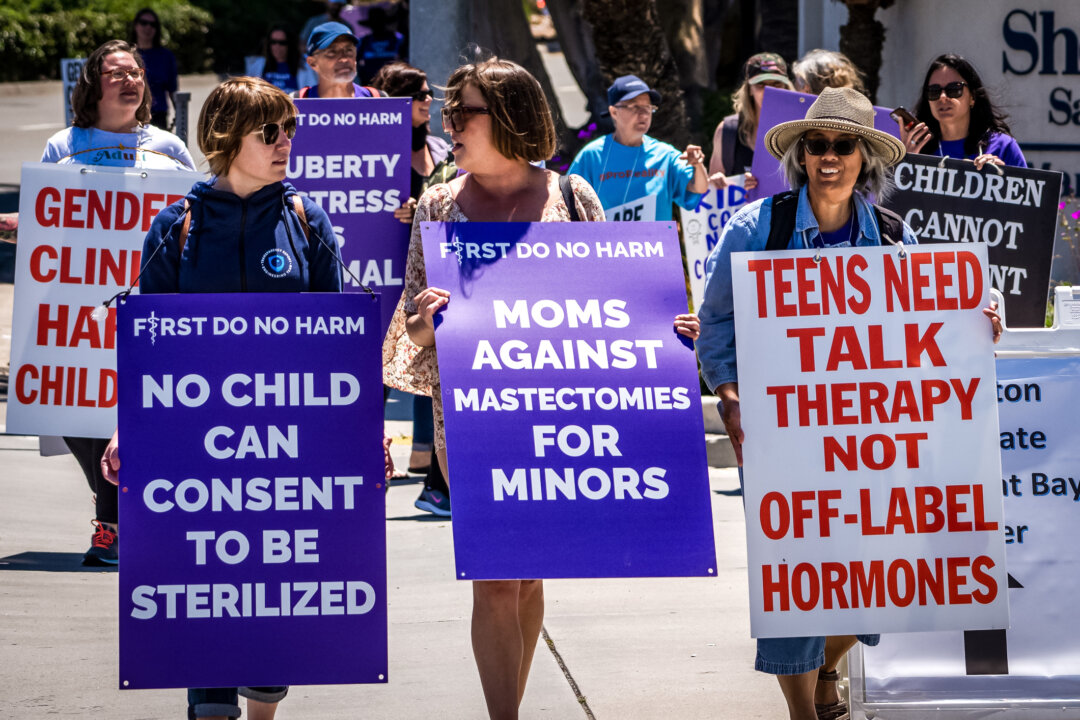A recent report indicates a significant decline in the number of young Americans identifying as transgender. The study, conducted by Eric Kaufmann, a professor of politics at the University of Buckingham, reveals that transgender identification among college-age students in the United States has dropped from 7 percent in 2023 to 4 percent in the present year. This analysis, titled “The Decline of Trans and Queer Identity among Young Americans,” utilizes data from seven different sources to present its findings.
The report was published by the Centre for Heterodox Social Science, an organization known for promoting open inquiry within progressive academic frameworks. According to this study, the trend of young individuals identifying as nonbinary—those who do not strictly identify as male or female—has also seen a notable decrease. In three of the five data sources analyzed, nonbinary identification has fallen by half, mirroring the decline observed in transgender identification.
Factors contributing to this shift are not detailed within the report, but it raises questions about the evolving perspectives on gender identity among younger generations. The decline in identification could suggest a changing social landscape, where young individuals may be reevaluating their understanding of gender or responding to societal pressures.
As the discourse surrounding gender identity continues to evolve, this report provides a snapshot of current trends among young Americans. The findings may influence future discussions regarding gender identity policies and support systems within educational institutions and beyond.
The implications of this decline extend beyond mere statistics. They highlight the importance of understanding how societal norms and values shape individual identity. As conversations around gender and sexuality become increasingly prevalent in various spheres, including politics and education, this report serves as a critical resource for stakeholders aiming to comprehend the shifting dynamics of identity among youth.
Overall, the findings from Kaufmann and the Centre for Heterodox Social Science encourage further exploration into the factors influencing gender identity and urge consideration of how these trends may impact future generations.





































































